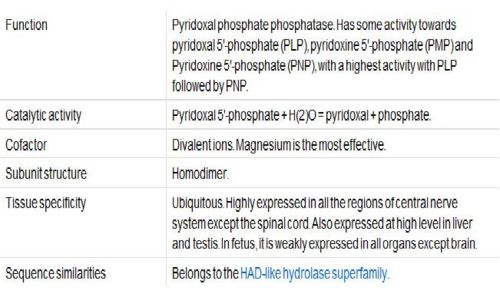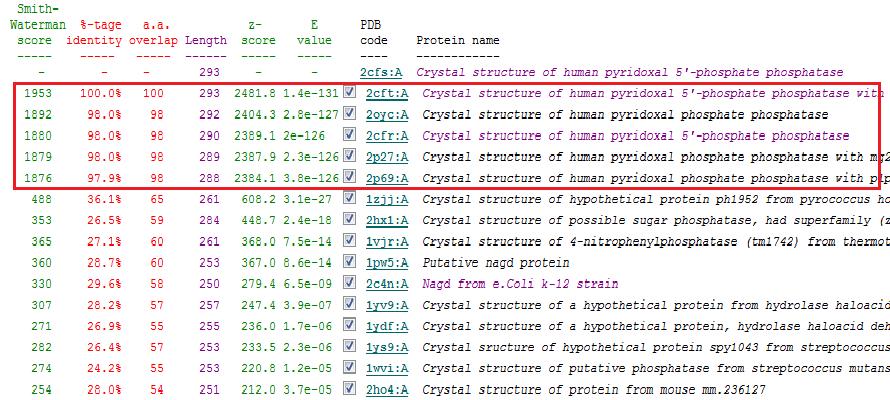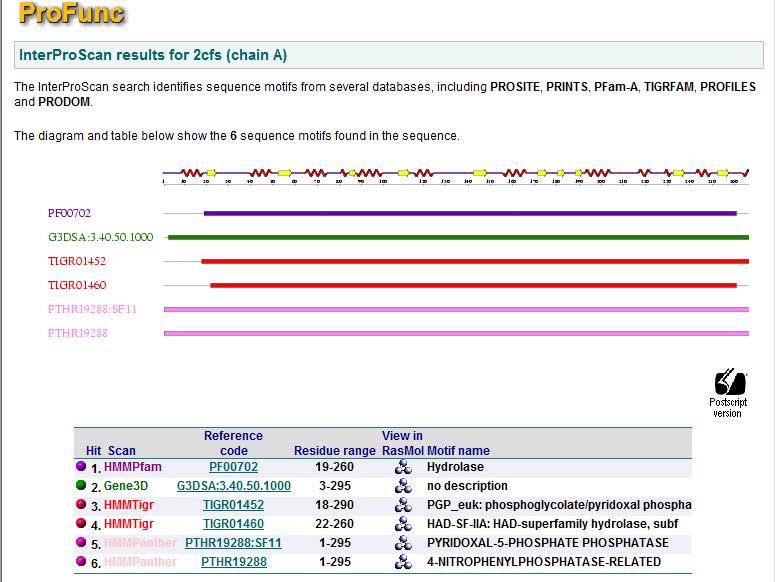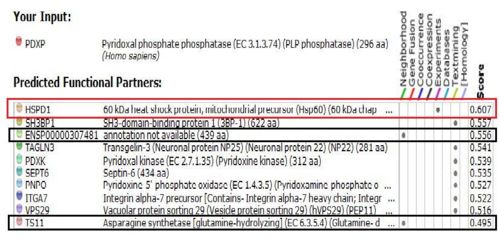Pyridoxal Phosphatase function
Pyridoxal 5'-phosphate + H2Opyridoxal + phosphate
General Annotation
Known Functions
Amino Acid Metabolism
- transamination
- transsulfuration
- selenoamino acid metabolism
- conversion of typtophan to niacin.
Gluconeogenesis
- Catalyse transamination reactions for gluconeogenesis.
- Coenzyme for glycogen phosphorylase, which catalyse glycogenolysis.
Neurotransmitter Synthesis
- Coenzyme for Pyridoxal phosphate-dependent enzymes, which catalyses the biosynthesis of serotonin, epinephrine, norepinephrine and gamma-aminobutyric acid(The four important neurotranmsitters).
Histamine Synthesis
- Metabolism of histamine.
Hemoglobin Synthesis and Function
- Synthesis of heme
- Binds to two sites on hemoglobin, enhancing the oxygen binding of hemoglobin.
Gene Expression
- Increases or decreases the expression of certain genes.
Sequence homology
Structural Similarities
Location of Gene on Genome
Functional Expression in Tissue
Protein-Protein Interactions
Functional Prediction:
Cofactor of HSPD1 and play a role in protein folding.
Coenzyme for asparagine synthetase by interacting with TS11.
Back To Main Page | Back [Structure] | Back to BIOL3004 2008






